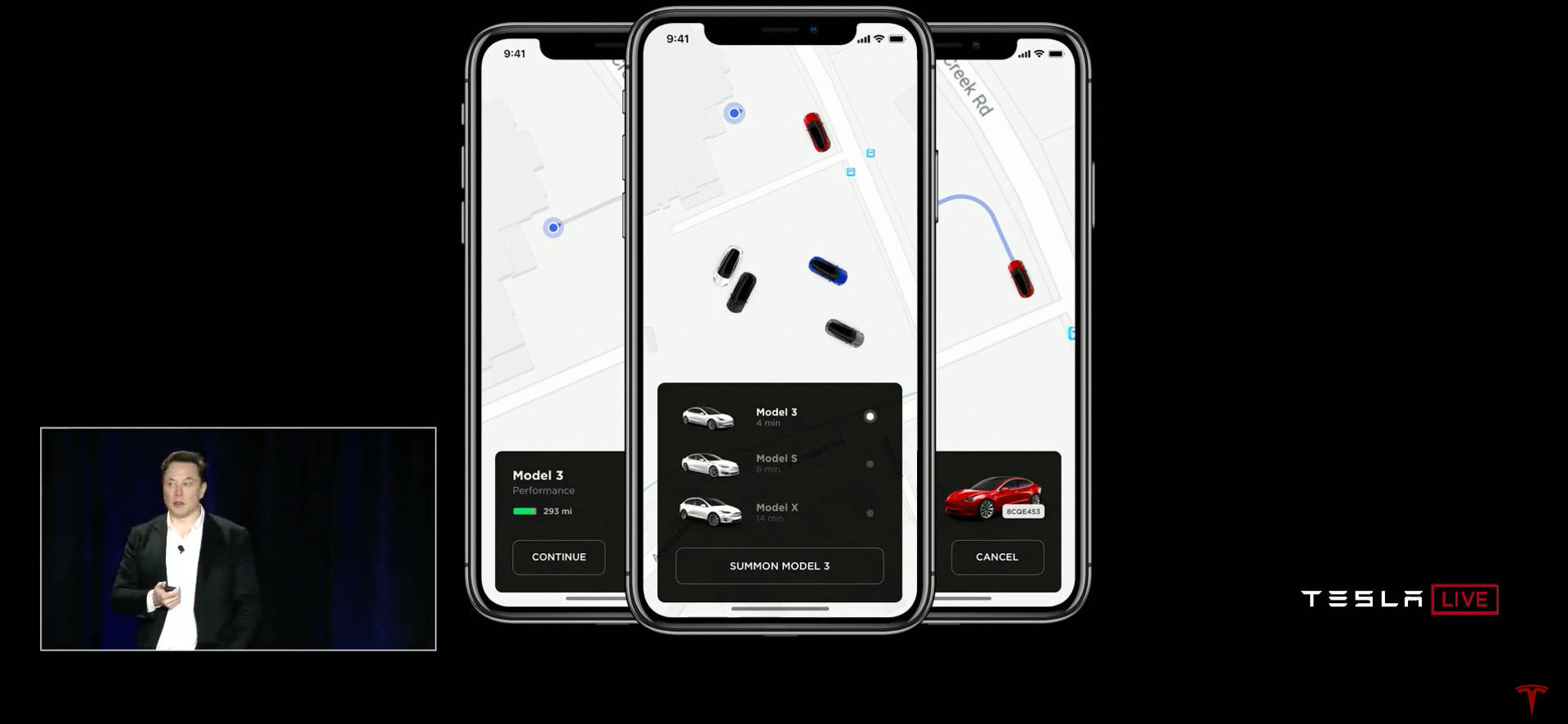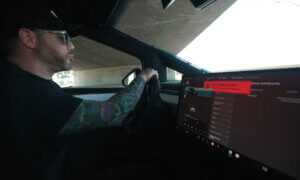Elon Musk took to the stage of Tesla’s Autonomy Day and boldly announced that he expects the company to launch a fleet of robo-taxis in 2020, or 2021, at the latest.
It seems that, Tesla has built its own computer for self-driving cars, from the ground up, in a project that dates since 2016. Each computer is stored behind the glove box and comes with a redundancy – if one chip fails, the next one can take over.
According to Elon Musk, though Tesla has never designed a chip before, it has now created “the best chip in the world”. He went on to say that the Tesla cars currently on the market have everything they need for self-driving capabilities – all that’s missing is an improved software.
Naturally, that statement turned the discussion in the direction of ‘what about the LiDAR (Light Detection and Ranging)’, to which Musk declared, in pure Musk fashion, that “LiDAR is a fool’s errand. Anyone that’s relying on LiDAR is doomed” and continued on to say that the device is “fricking stupid. It’s expensive and unnecessary.“
It’s worth noting however, that LiDAR costs have decreased as of recently, while its abilities to see further down the road have gotten much better than before, thanks to Luminar technology.
During the presentation, Tesla insisted that it has been training its neural network by using real-world vehicle interactions and uses something called ‘shadow mode’ to test the system.
Shadow mode happens when the car notices a vehicle is about to change lanes and notes what it would have done in its place.
That data is sent to Tesla, which, in turn, looks for incorrect decisions and retrains the system. Only after the system takes the correct decisions, it gets deployed.
While Elon Musk admitted that full autonomy is ‘a very difficult software problem’, he still promised that Tesla cars will be capable of self-driving by the end of 2019 and the robo-taxis will be out and about in 2020. Even better, he plans to get the cost per mile less than half of the costs Uber or Lyft ask for their rides, which is roughly around $2-$3 per mile.
“If you fast forward a year, maybe a year and three months, we’ll have over a million robo-taxis on the road” Musk confidently said. These robo-taxis should be able to drive anywhere, even through dense urban areas such as San Francisco or New York.
Elon Musk and, by extension, Tesla, have a good track record of making big, aggressive promises and missing the delivery dates but, fingers crossed, we’ll be able to lounge back in robo-taxis sometime next year and enjoy a cold drink on our way to the seaside, legs up on the dashboard, enjoying the scenery.
Follow TechTheLead on Google News to get the news first.





















